Recognizing and Supporting our Local Indigenous Community This Native American Heritage Month
On the fourth Tuesday of every month, Feeding San Diego’s bright orange truck makes its way to the Santa Ysabel Reservation. Forty miles east of Escondido, located on Highway 76, the reservation is situated on the slopes of the Volcan Mountains. At nearly 4,500 feet, it’s a remote location that’s a world away from where our drivers start their day, in an industrial park in Sorrento Valley. Hunger in rural communities has long been a problem Feeding San Diego works to address. At this particular rural site, the people running the pantry are members of the Iipay Nation of Santa Ysabel.
November is Native American Heritage Month. Feeding San Diego is paying tribute to the rich ancestry and traditions of Native Americans while also highlighting the need for resources. Native Americans are about three times more likely to be food insecure than white individuals, according to USDA data–though other sources within Native American and tribal communities note the disparities are much more significant.
A Tribal Member Making a Difference
To better understand life on the Santa Ysabel reservation, we spoke to Bobby Sue Althaus, director of operations for the Iipay Nation of Santa Ysabel. Bobby Sue is a tribal member of the Iipay Nation who lives on the reservation with her two young daughters. She recently moved back to the reservation after leaving to pursue a Master’s degree at Chico State University.
Bobby Sue Althaus, director of operations for the Iipay Nation of Santa Ysabel
“Being a tribal member, my passion is to serve the community and make improvements. We are in a rural area. We aren’t a gaming tribe, so we primarily run off grants. Our median income is at $27,000 a year. We experience higher unemployment rates, and we’re in a food desert,” she shared.
Feeding San Diego’s Mobile Pantry Program
The Feeding San Diego mobile pantry on the reservation began in 2021 as a response to the COVID-19 pandemic. The partnership with Feeding San Diego was first initiated by the Indian Health Council. The organization was able to use a grant to staff the mobile pantry. When the grant ended, the tribal council community knew it was their responsibility to step up and take it on.
“We fill the gap with Feeding San Diego, and we’re really grateful to do that. There have been people who have been depending on it. We have an elder meal route where we deliver produce to 35 households, and the mobile pantry serves about 60 to 70 households each month. It’s not about [asking people about] income, about anything on eligibility. It’s about food insecurity. If you feel you need to be there, you should be there. We’re here to help you in partnership with Feeding San Diego,” Althaus shared.
The pantry is an effort of Iipay Nation staff, with various staff members and tribal council members stepping up to distribute the fresh produce, pantry staples, and frozen meat protein provided by Feeding San Diego. For that reason, the tribe’s chairman and vice chairman volunteer to support the food drive monthly.
A food distribution hosted by the Iipay Nation staff
Native American Heritage Month Is a Way of Life
Feeding San Diego operates many mobile pantries throughout the county, but it just so happens that the one in Santa Ysabel is on a reservation. Bobby Sue wants people to know that while she is a tribal member living on a reservation, her community is just like everyone else, to some degree.
“People may assume that we don’t have running water, or we live in a teepee, or that we wear regalia every day. It’s really just a lifestyle. We live all types of lives just as everybody else does on the outside,” she explained.
Additionally, she does want people to know that what sets her community apart is the longstanding history of her people in the San Diego region.
“I think respect to the culture is really important and identifying the tragedies that we have experienced generationally and that we’re still experiencing them,” she explained. “We have to advocate for our rights, especially with things like the Indian Child Welfare Act and navigating partnerships with the county. We do a lot of teaching people our ways or rights.”
“We’re not stuck out here,” she continued. “This is our home. These are the resources we have. We’re resilient in the fact that we make it work, but we do understand that it isn’t fair. We currently are moving towards acquiring our ancestral lands and identifying that these lands were taken for us, and we’re going to fight for them back.”
Honoring Native Land
We’re proud to feature the Santa Ysabel Reservation this Native American Heritage Month. If you want to learn more about the Santa Ysabel Reservation, they have various community events throughout the year. Their Earth Day celebration is always open to the public every April. You can follow the reservation’s Facebook page for regular updates.
Land Acknowledgement
Feeding San Diego acknowledges and honors the Kumeyaay, Luiseño/Payómkawichum, Cahuilla, and Cupeño/Kuupangaxwichem people as the original stewards of the land we operate on. As visitors on native land, we extend gratitude to the indigenous people who have lived on and cared for this land long before us.
To identify native land in San Diego County, visit Native Land Digital.










